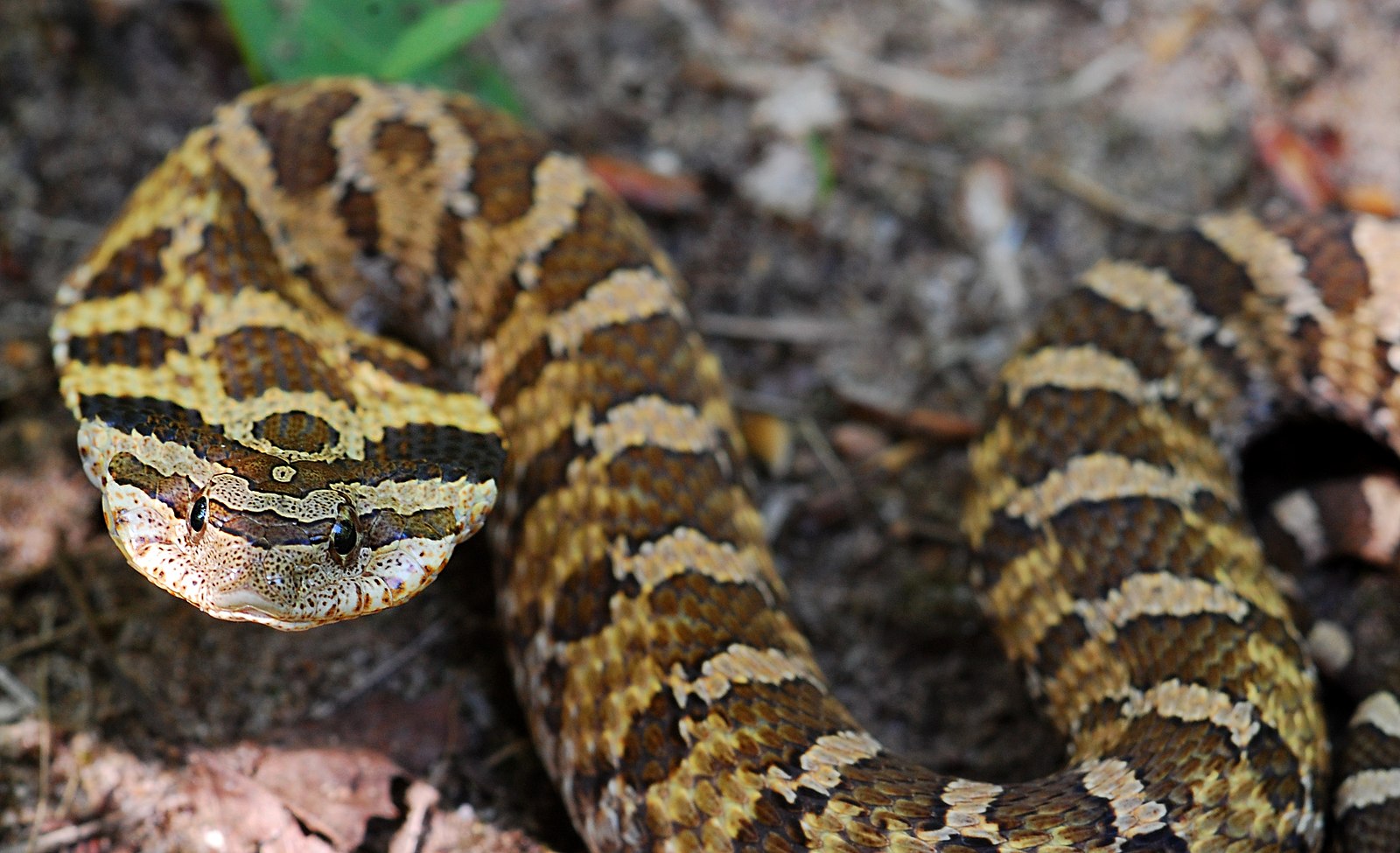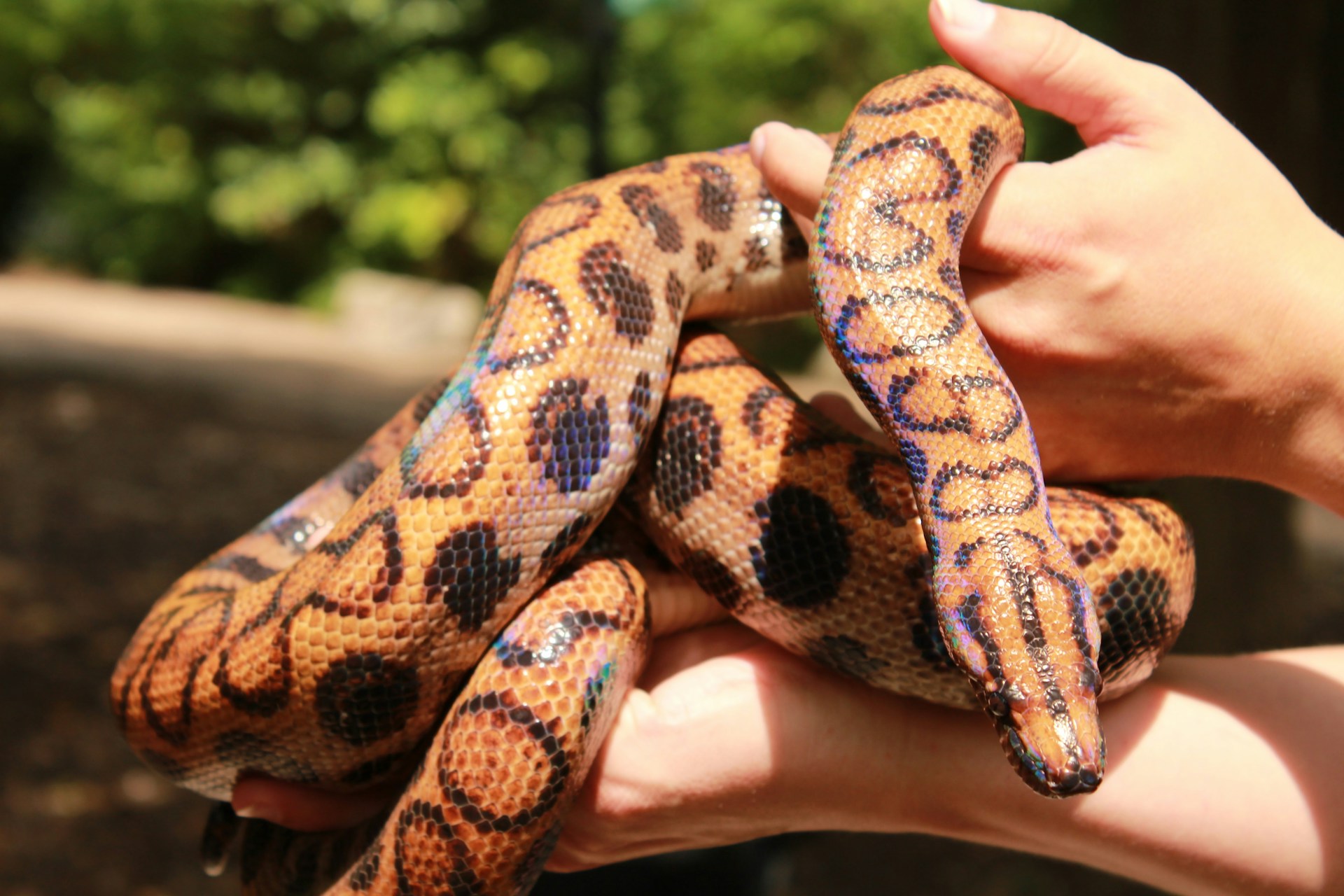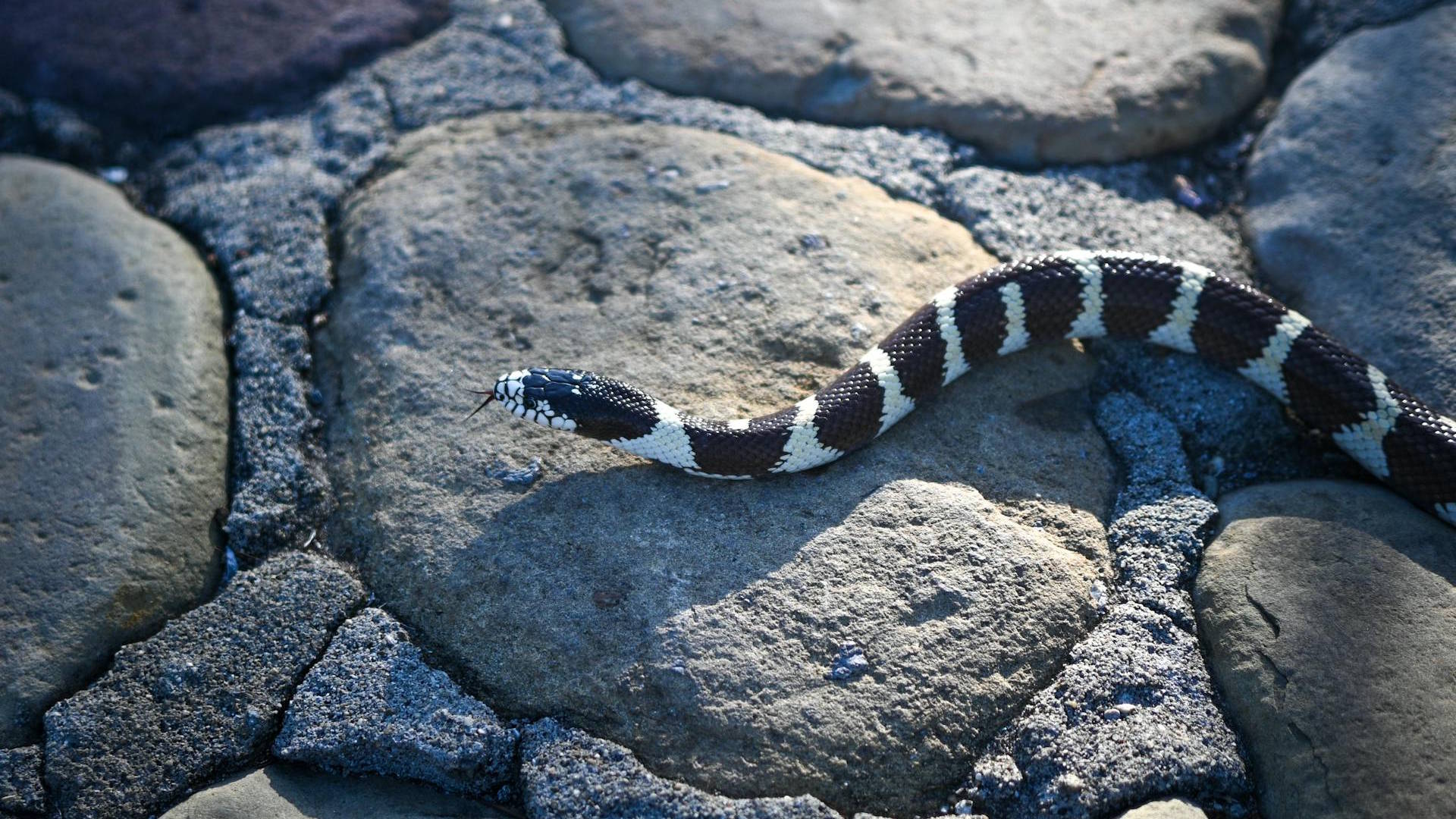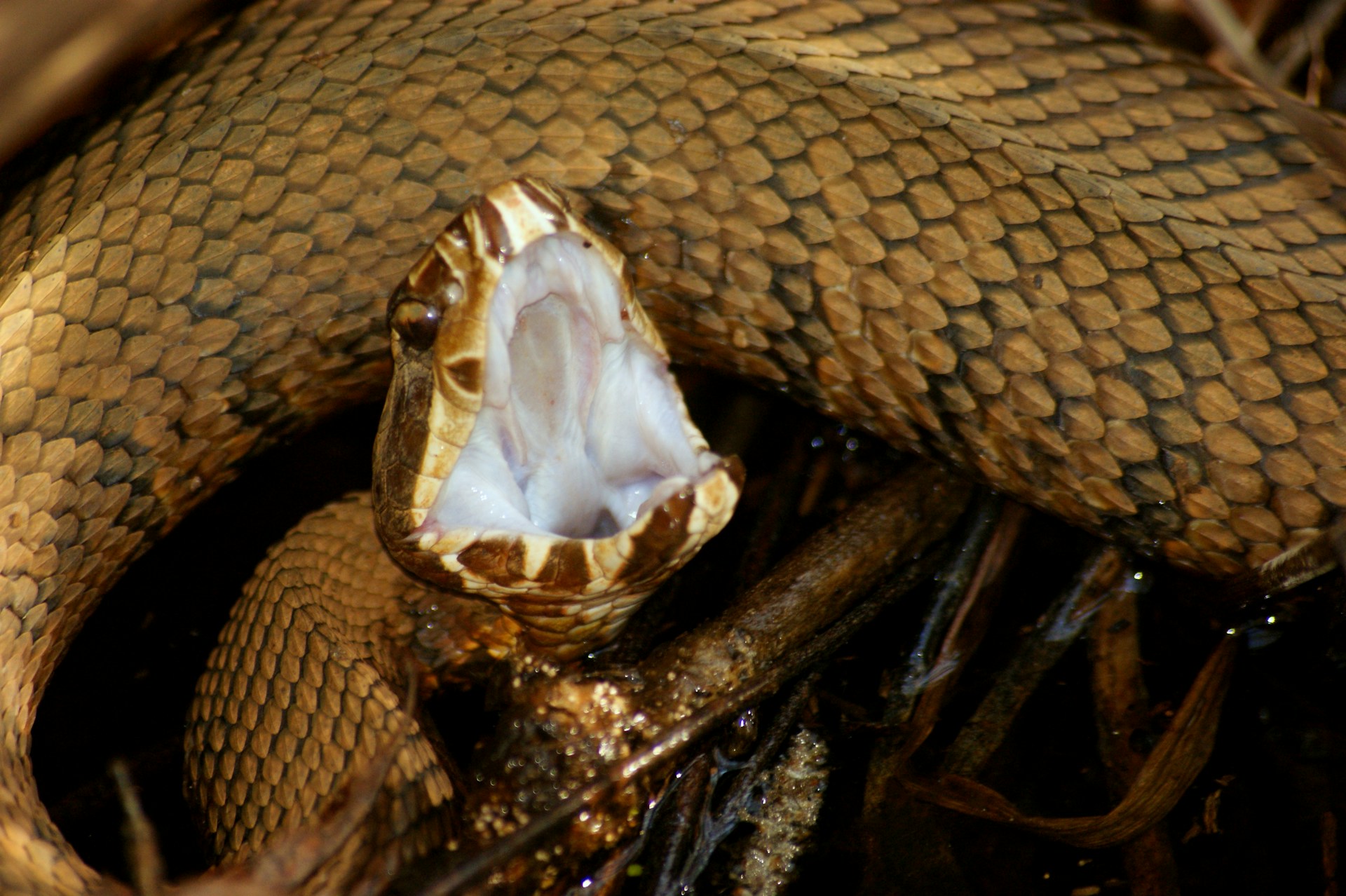In the fascinating world of animal survival tactics, few strategies are as theatrical and effective as thanatosis—the art of playing dead. Among the most skilled practitioners of this deceptive technique is the eastern hognose snake, a venomous reptile that has elevated death-feigning to an Oscar-worthy performance. When threatened, this remarkable creature undergoes a dramatic transformation from intimidating predator to lifeless corpse, complete with a convincing array of physical symptoms that would fool even the most discerning predator. This article explores the remarkable biology, behavior, and evolutionary advantages behind this snake’s extraordinary ability to “play possum” when danger strikes.
The Eastern Hognose Snake: A Master of Deception

The eastern hognose snake (Heterodon platirhinos) is a medium-sized venomous snake native to eastern North America, ranging from southern Canada to Florida and west to Minnesota and Texas. Despite possessing rear fangs and venom—primarily used to subdue amphibian prey—these snakes are generally considered harmless to humans. Their most distinguishing physical feature is an upturned snout that resembles a hog’s nose (hence the name), which they use for digging in loose soil. What truly sets this species apart, however, is its remarkable repertoire of defensive behaviors that culminate in one of the animal kingdom’s most elaborate death-feigning displays. This theatrical performance has earned the hognose snake several colorful nicknames, including “puff adder,” “spreading adder,” and most tellingly, “drama queen of the snake world.”
The Defensive Display: When Intimidation Comes First
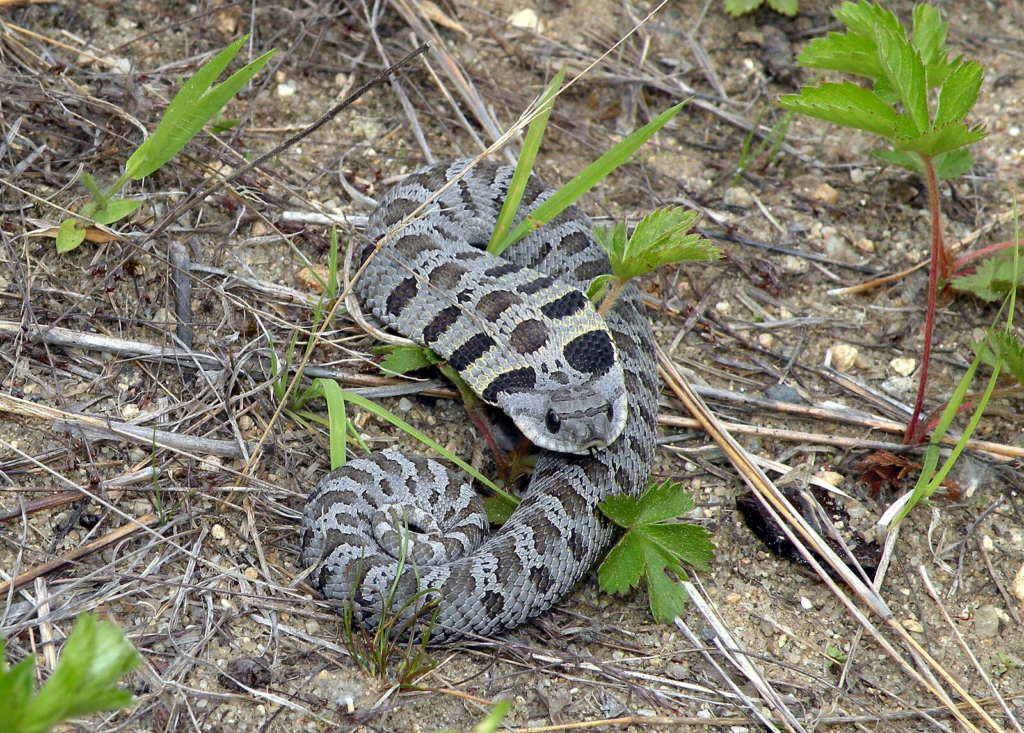
Before resorting to playing dead, the eastern hognose snake attempts a more active defense strategy designed to frighten potential predators away. When initially threatened, the snake flattens its neck and raises its head cobra-style, hissing loudly and making mock strikes with a closed mouth. This intimidating display is meant to convince predators that they’re dealing with a dangerous, venomous species capable of delivering a deadly bite. The flattened neck creates the illusion of a larger, more threatening animal, while the hissing and striking motions mimic the behavior of more dangerous snake species. Interestingly, despite this aggressive display, the hognose rarely actually bites during this phase, preferring to save its energy for the next stage of its defensive repertoire if the initial scare tactics prove unsuccessful.
The Death-Feigning Performance: A Theatrical Masterpiece
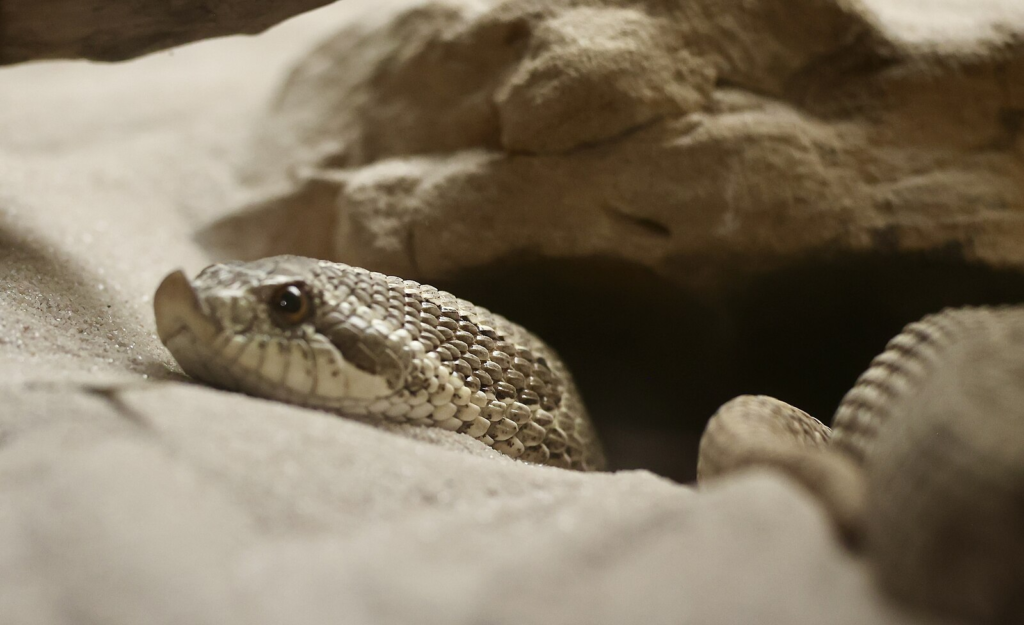
If intimidation fails to deter a persistent predator, the hognose snake launches into one of nature’s most dramatic performances. The snake will suddenly convulse, writhe dramatically, and flip onto its back with mouth agape and tongue lolling out—creating a convincing impression of violent death throes. After these theatrical convulsions, the snake becomes completely limp, lying belly-up with its mouth open and sometimes even emitting a foul-smelling musk from its cloaca to enhance the illusion of putrefaction. The commitment to this performance is remarkable—if turned right-side up by a curious observer, the hognose will immediately flip back onto its back, as if insisting, “No, really, I’m dead!” This behavior is involuntary and instinctual, representing a last-ditch survival mechanism when other defensive tactics have failed.
The Science Behind Thanatosis: Why Play Dead?

Thanatosis, or death-feigning, evolves as a survival strategy because many predators are programmed to hunt live prey and may lose interest in animals that appear dead. This behavior provides an evolutionary advantage by exploiting the hunting instincts of predators that prefer struggling, living prey. From a neurological perspective, death-feigning involves a complex physiological response similar to fainting, where the snake enters a temporary catatonic state with reduced heart rate and breathing. Research suggests that this response is triggered by increased parasympathetic nervous system activity, essentially short-circuiting the typical “fight or flight” response with a third option: “play dead.” While several animal species exhibit some form of thanatosis, the eastern hognose snake’s elaborate performance stands out for both its duration (sometimes lasting up to an hour) and its theatrical quality.
Venom Characteristics: Dangerous but Not Deadly

The eastern hognose snake possesses a mild venom delivered through enlarged rear fangs (opisthoglyphous dentition) rather than the hollow front fangs of more dangerous venomous snakes. This venom is primarily adapted for subduing their favorite prey—toads—which often inflate themselves as a defense mechanism. The snake’s venom contains compounds that affect amphibian cardiac function, helping to immobilize resistant prey like toads. For humans, a bite from an eastern hognose snake typically produces only mild swelling or itching, similar to a bee sting, and serious medical complications are extremely rare. The snake must chew to inject venom effectively, and given its reluctance to bite defensively and the posterior placement of its fangs, human envenomations are uncommon events even when the snake is handled.
Habitat and Distribution: Where to Find the Drama Queens
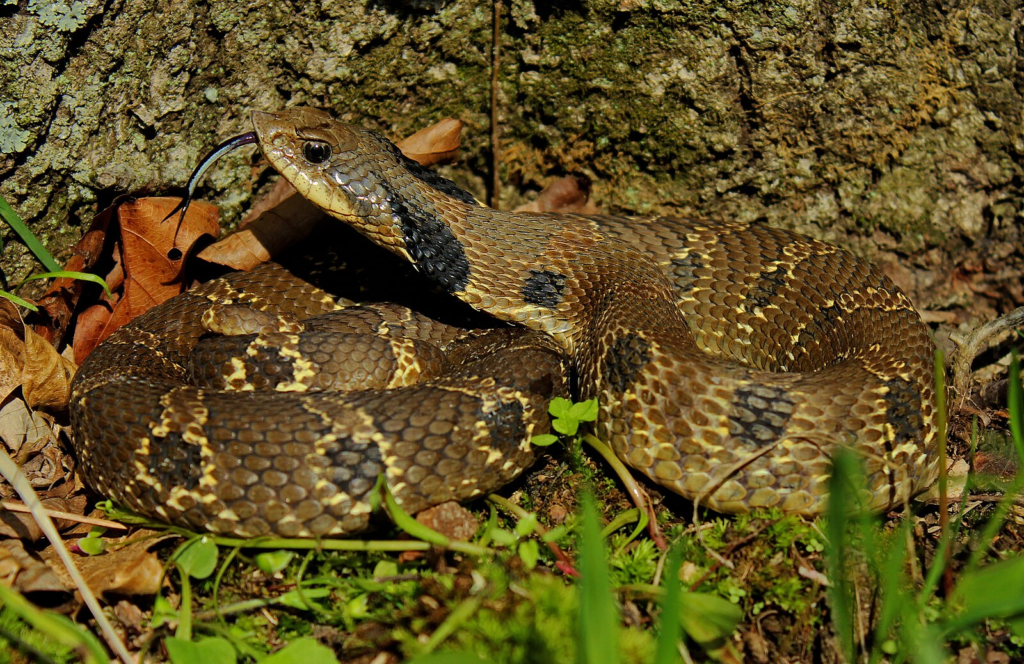
Eastern hognose snakes inhabit a variety of environments across their extensive range in eastern North America, showing a particular preference for areas with sandy or loose soil that accommodates their digging habits. They thrive in woodlands, meadows, farmlands, and coastal areas, particularly favoring locations with amphibian populations that constitute their primary food source. These adaptable reptiles can be found from southern Canada throughout the eastern United States, with their range extending from New England to Florida and westward to Minnesota and eastern Texas. Despite this broad distribution, hognose snake populations face increasing pressure from habitat fragmentation, road mortality, and persecution based on their intimidating defensive displays, which sometimes lead people to misidentify them as more dangerous species.
Diet and Feeding Behavior: Toad Specialists
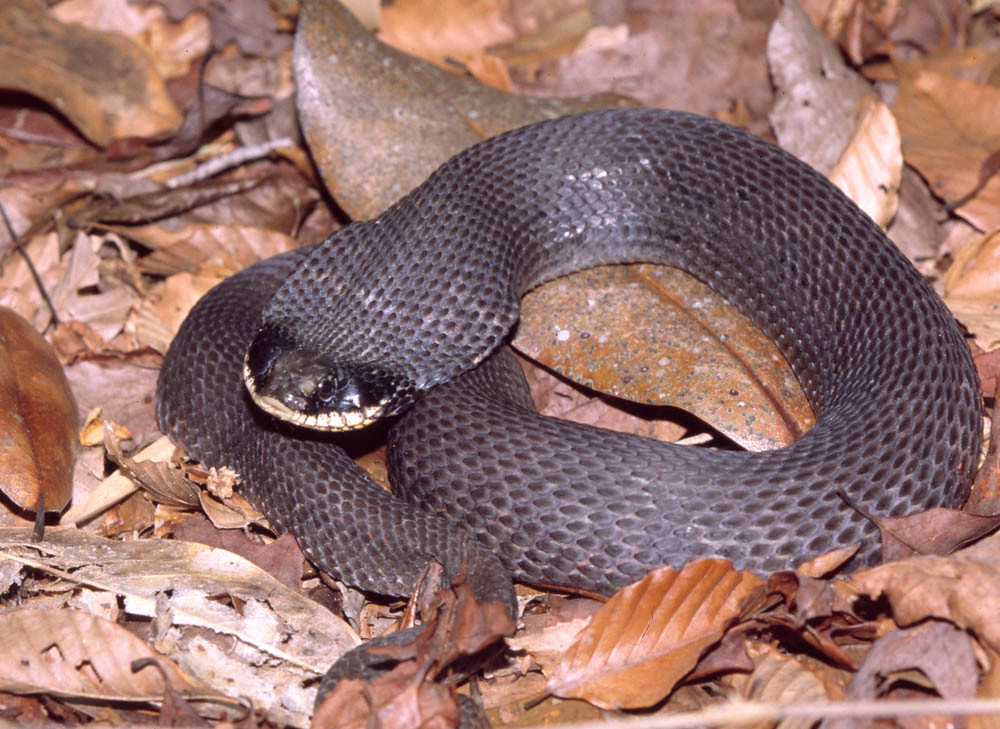
The eastern hognose snake has evolved specialized adaptations for a diet consisting primarily of toads, which many other predators avoid due to the toxic secretions from their parotoid glands. Their upturned snout helps them dig up buried toads, while enlarged rear fangs and specialized venom neutralize the toads’ toxins and overcome their defensive inflation. When hunting, hognose snakes actively search for prey rather than ambushing, using their keen sense of smell to locate toads even when hidden underground. Their ability to consume toads that would sicken or kill other predators represents an evolutionary advantage, allowing them to exploit an abundant food resource with minimal competition from other species. In addition to toads, their diet occasionally includes frogs, salamanders, small mammals, birds, and reptile eggs when their preferred prey is scarce.
Physical Characteristics: Built for Their Lifestyle

Eastern hognose snakes display considerable variation in coloration and pattern, ranging from solid colors (yellow, orange, olive, or gray) to intricate patterns of blotches on a background of tan, brown, or gray. This color variability helps them blend into different environments across their extensive range. They typically grow to 20-33 inches in length, with females generally larger than males—a common trait in snake species. Their most distinctive feature is the upturned, shovel-like snout used for digging in loose soil to unearth burrowing prey or to create their own hiding spots. Unlike many other snake species, eastern hognose snakes have a relatively thick, heavy body for their length, giving them a stocky appearance that aids in their defensive display when they flatten their necks to appear larger and more intimidating.
Reproduction and Life Cycle: The Next Generation of Performers

Eastern hognose snakes are oviparous, meaning they lay eggs rather than giving birth to live young. Mating typically occurs in spring after emergence from hibernation, with females laying clutches of 8-40 eggs in early summer, usually in sandy soil or under logs and rocks. The eggs incubate for approximately 60 days before hatching in late summer or early fall, with the exact timing dependent on ambient temperature. Remarkably, hatchling eastern hognose snakes emerge fully equipped with their defensive behaviors—including the ability to play dead—suggesting these behaviors are innate rather than learned. Young snakes measure about 6-8 inches at hatching and reach sexual maturity in 2-3 years, with a typical lifespan of 10-15 years in the wild. Unlike some snake species, eastern hognose snakes do not exhibit parental care, with females abandoning the nest site after egg deposition.
Conservation Concerns: Threats to the Drama Queens

Despite their wide distribution, eastern hognose snake populations face numerous challenges that have led to declining numbers in many parts of their range. Habitat loss and fragmentation due to urban development, agriculture, and infrastructure represent the most significant threats to these specialized reptiles. Road mortality is particularly problematic, as these slow-moving snakes often cross roadways during seasonal movements and are frequently killed by vehicles. Additionally, their dramatic defensive displays sometimes lead to deliberate killing by humans who misidentify them as dangerous venomous species. In some regions, eastern hognose snakes are now listed as species of special concern, with conservation efforts focusing on habitat preservation, public education about their ecological importance, and in some cases, legal protection against collection and harassment.
Similar Species: The Hognose Family
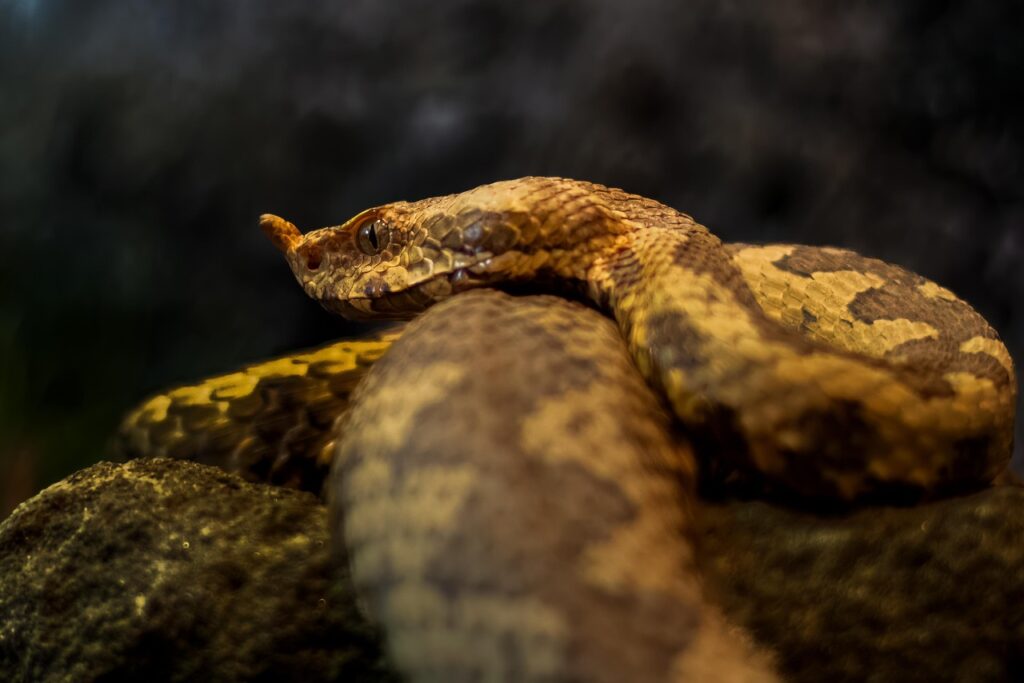
The eastern hognose belongs to the genus Heterodon, which includes two other North American species with similar defensive behaviors: the western hognose (Heterodon nasicus) and the southern hognose (Heterodon simus). While all three species share the characteristic upturned snout and elaborate death-feigning behavior, they differ in range, habitat preferences, and physical appearance. The western hognose snake, found primarily in the Great Plains and southwestern United States, typically displays more consistent blotched patterns and reaches a smaller maximum size than its eastern cousin. The southern hognose, the smallest and rarest of the three species, is limited to the southeastern coastal plain and is considered threatened or endangered throughout much of its range due to habitat loss. All three species have evolved similar defensive strategies, suggesting the effectiveness of death-feigning as a survival mechanism across different environments.
Cultural Significance and Human Interactions
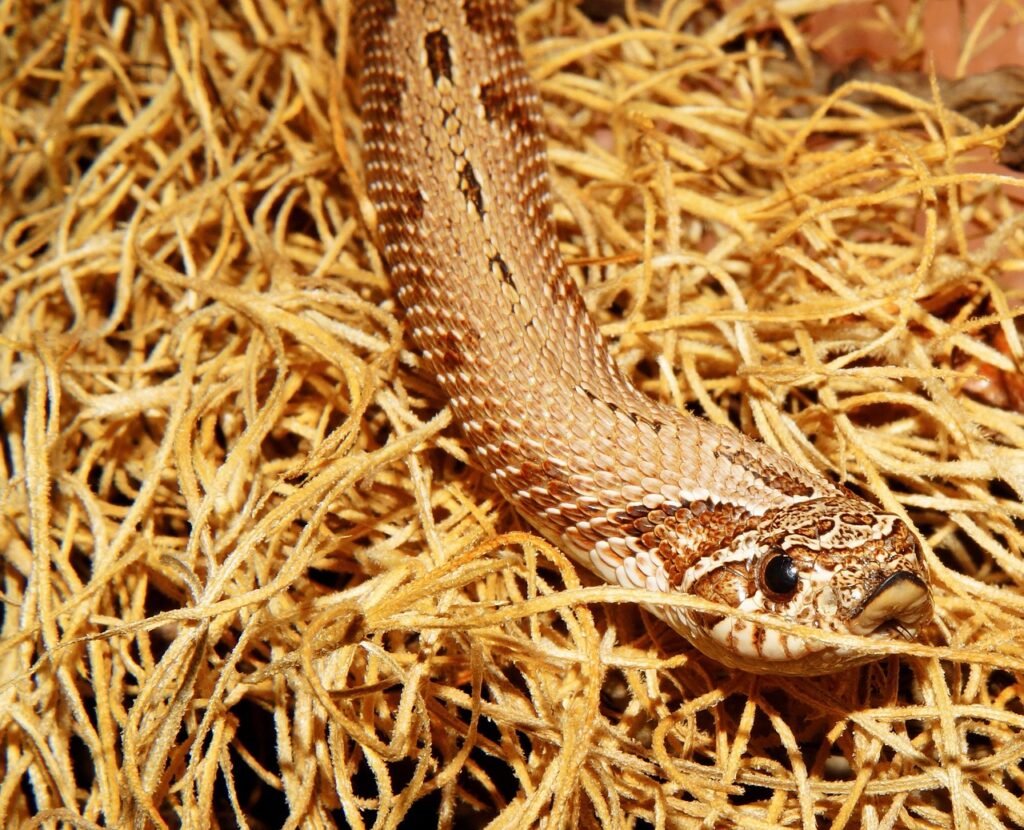
The eastern hognose snake’s dramatic defensive behavior has made it the subject of folklore and misconceptions throughout its range. In some rural areas, these snakes are erroneously called “puff adders” or “spreading adders,” names that incorrectly associate them with more dangerous African vipers. Their death-feigning behavior has inspired numerous local nicknames like “play-dead snake” and “fainting snake,” reflecting the cultural impact of their unusual defensive strategy. Despite their harmless nature, hognose snakes often suffer from negative human interactions due to their intimidating displays and the general fear many people have of snakes. Wildlife educators frequently use eastern hognose snakes in outreach programs precisely because of their dramatic behaviors, helping to dispel myths and build appreciation for these remarkable reptiles. Conservation organizations increasingly emphasize the ecological benefits these snakes provide, including rodent and pest control in agricultural areas.
Scientific Studies: Understanding the Death-Feigning Mechanism
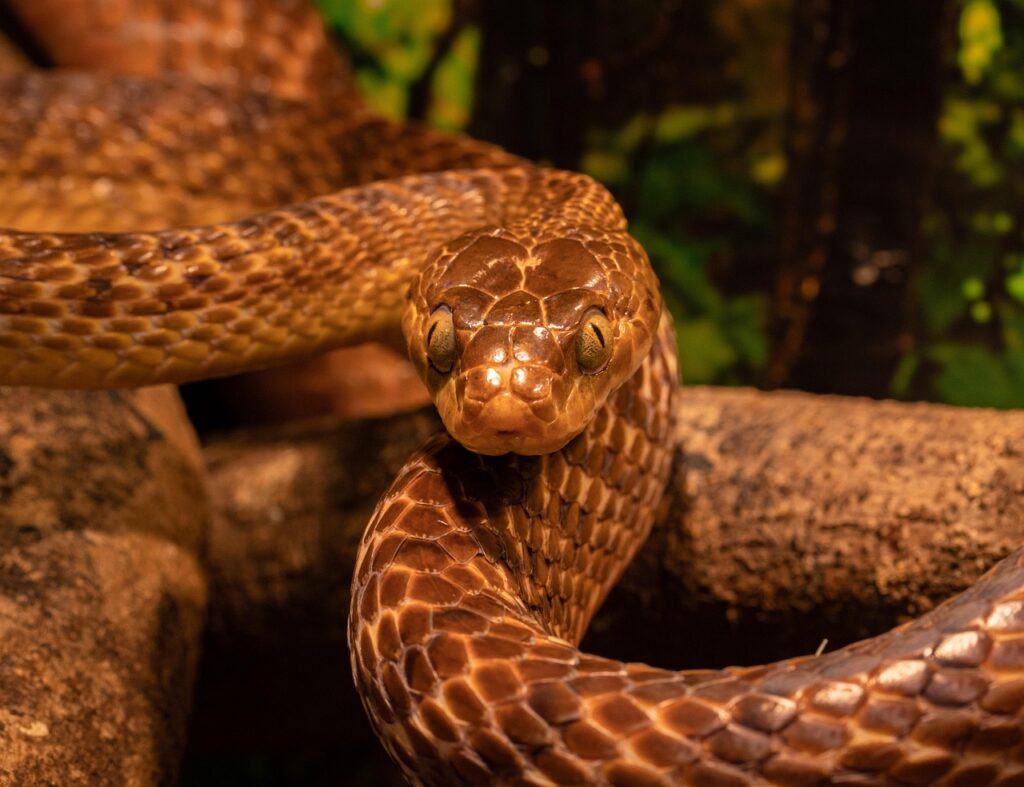
Recent scientific research has begun to unravel the physiological and neurological mechanisms behind the eastern hognose snake’s remarkable death-feigning behavior. Studies measuring cardiac and respiratory functions during thanatosis have documented significant decreases in heart rate and breathing, suggesting a parasympathetic nervous system response similar to vasovagal syncope in humans. Researchers have also investigated the genetic basis for this behavior, finding evidence that thanatosis may be controlled by specific genes that regulate stress responses and fear behaviors. Comparative studies across snake species that exhibit varying degrees of death-feigning have provided insight into the evolution of this defensive strategy, suggesting it developed independently multiple times in different lineages. Ongoing research continues to explore the environmental triggers and neurological pathways involved in initiating and maintaining this complex behavior, with potential applications for understanding fear responses and stress-induced immobility across animal species.
Conclusion: Nature’s Ultimate Survival Actor
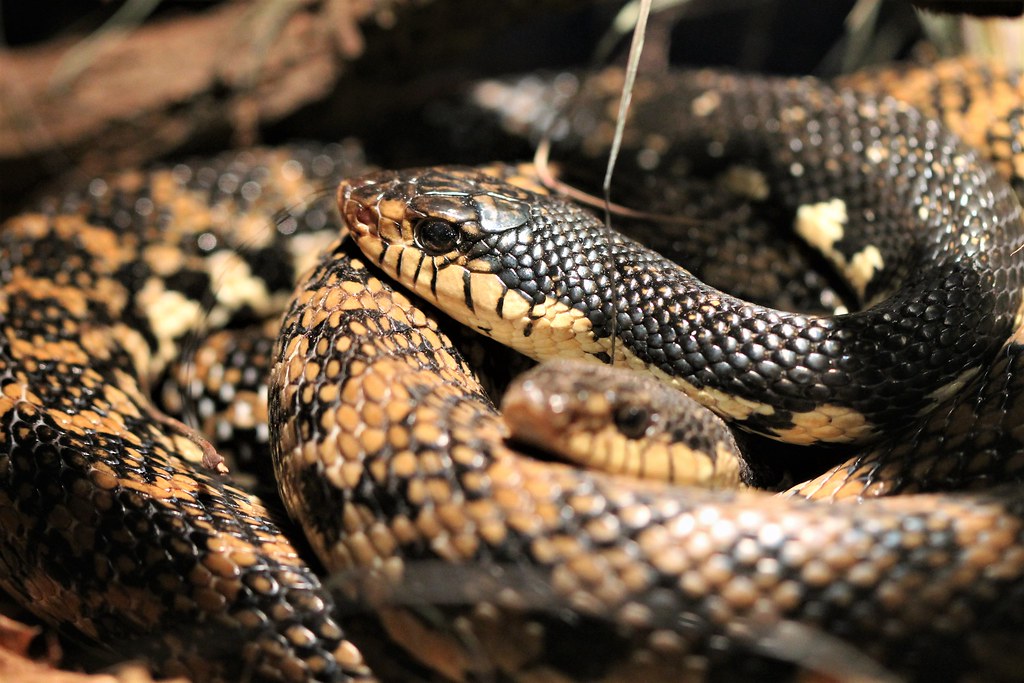
The eastern hognose snake represents one of nature’s most remarkable examples of behavioral adaptation for survival. Its elaborate death-feigning performance—complete with convulsions, body-flipping, and even the emission of foul-smelling musk—demonstrates the extraordinary lengths to which evolution can go to ensure a species’ survival. This behavior, combined with their specialized diet and unique physical adaptations, has allowed hognose snakes to thrive across diverse habitats despite their relatively mild venom and defensive nature. As we continue to study and understand these fascinating reptiles, they remind us that in the natural world, sometimes the best defense isn’t fighting back or fleeing—sometimes, it’s simply giving the performance of a lifetime. By appreciating and protecting species like the eastern hognose snake, we preserve not just a remarkable animal, but also one of nature’s most dramatic demonstrations of the endless creativity of evolutionary adaptation.

